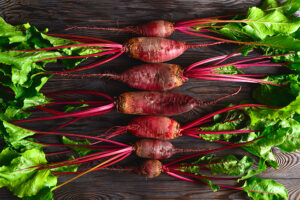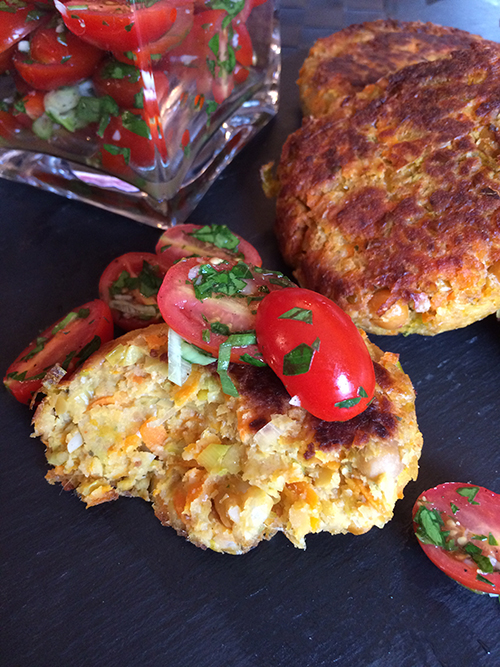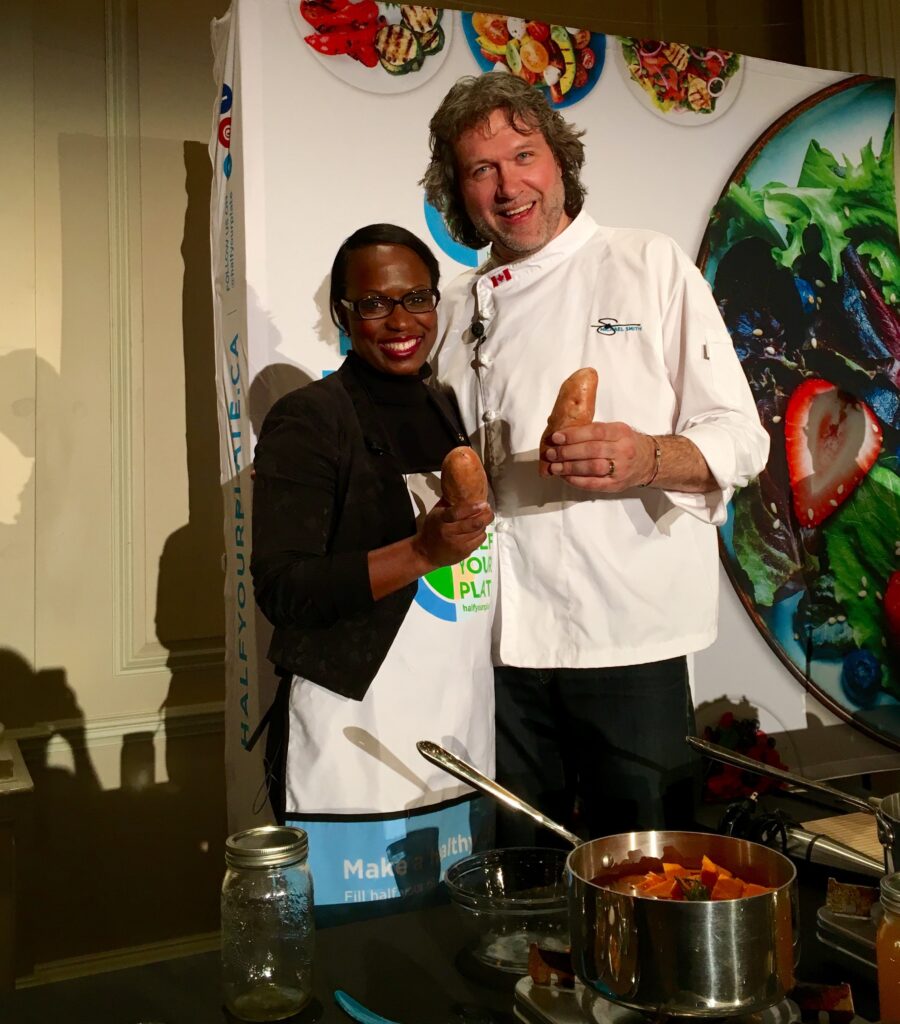 By Jennifer Ong Tone, MHSc, RD
By Jennifer Ong Tone, MHSc, RD
It’s that time of year again, national nutrition month! This March, dietitians across the country are coming together to support Canadians for a healthier tomorrow. That means, helping you to achieve a healthier you, while also considering the health of our planet.
When it comes to our diets, there are many changes we can make for a sustainable future. Why not start by wasting less food at home? It’s an action we can control. According to research conducted by the National Zero Waste Council in 2017, 63% of the food Canadians throw away could have been eaten. Unfortunately, fruits and veggies represent 45% of the top wasted foods in Canadian households. As a highly perishable food, this comes as no surprise. But there is a solution to this problem. We can all make a conscious effort to waste less fruits and veggies at home. Here are some of my top tips on how you can waste less fruits and veggies, for a healthier tomorrow.
Plan your meals around what you already have
- Before heading to the grocery store, take a quick look in your fridge and freezer to see what fruits and veggies you have on hand. If not, you may end up with more than you need, which could lead to food spoilage.
Shop smart
- Nobody wants to end up with a pile of ripe fruit at the end of week. Buy a mix of fruit and veggies with both a short and long shelf life. Berries, leafy greens, and asparagus tend to have a shorter shelf life, while cabbage, carrots, and apple tend to have a longer shelf life. Check out our Shelf-life guide: fruits and veggies for more information.
Store your fruits and veggies properly
-
- Most fruits and veggies are best stored in the fridge, in the crisper drawers. This area provides the right amount of moisture to keep your produce lasting longer.
- Produce that ripens, which includes avocados, bananas, mangoes, peaches, pears, tomatoes, should be stored on the countertop to allow for ripening. Once ripe, they can be transferred into the fridge.
- Garlic, onions, potatoes, squash, and sweet potatoes are best stored in a cool, dark, and dry place.
- For more produce storage tips, check out our Produce storage guide.

Embrace root-to-stem cooking
- Did you know that you can eat broccoli stems, carrot tops, herb stems, and beet leaves? Too often, we’re throwing out food we can eat. Add these to stir fries, pesto sauces, or salads for a punch of flavour.
Think twice before throwing out produce that’s about to go bad
- Wilted lettuce, limp carrots, or limp celery? Bring them back to life by placing the leaves or stalks in a container or glass of cold water. Water will rehydrate your veggies, and they’ll be crisp in no time.
- Overripe fruit? Make banana bread, add to baked goods, smoothies, jams, or purée to make your own fruity salad dressing.
- Overripe veggies? Add to sauces, soups, or make your own zero waste stock, with onion, carrot, and celery ends.
For more produce waste tips, check out our Produce waste guide.
No matter what you decide, making a conscious effort to reduce your food waste at home, is the step in the right direction. Need help in reducing your food waste at home? Looking to make changes for a healthier you? Book an appointment with a dietitian today for a personalized nutrition assessment. Find a dietitian in our health professionals’ directory.



